It happens that I had a couple of LGA775 coolers laying around from an old PC. The PC these cooler belonged to was discarded a long time ago, but I kept the coolers to be used in future power electronic projects. Back in November I decided to try to build some electronic loads from them.
This blog post show the first, somewhat working, prototypes of the electronic loads:

You may have noticed that user "interface" of the loads is literally one push button and one LED. That's because the loads are supposed to be "smart" electronic loads, not just simply programmable dummy loads. There are plenty of those on Ebay / AliExpress, so I could have just buy one.
The "smart electronic load" here means digital control (via an MCU) and connectivity (WiFi / BLE / USB). These should allow us implement some interesting features like dynamic load simulation and others.
In terms ideas / features (more like my wish list ) I proposed this ones:
- up to 100-300W load capacity - or whatever we can sweeze out from a LGA775 cooler
- up to 100-200V load voltage
- up to 30-50A continuous and >100A pulsed current
- reasonable bandwidth (somewhere up to 100 kHz - 1 MHz) - to able to simulate short / high amplitude current pulses
- WiFi and / or USB connectivity
- reasonable price and no too special components that may become unavailable after some time
So, after some thinking and browsing other electronic load designs I came out with this schematics:
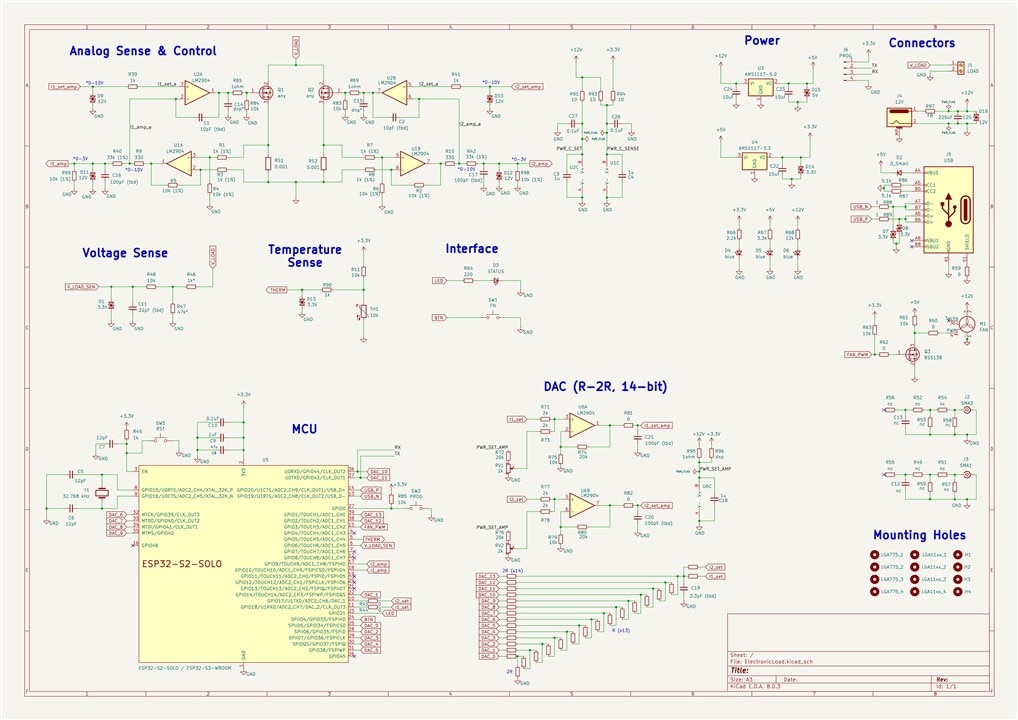
The design uses two MOSFET-s acting as variable resistors for the loads, with current sense resistors measuring the current flowing through the MOSFET-s. The current sense amplification and load control is implemented using dual op-amps. Other than that there is a MCU, a DAC, voltage and temperature sensing circuitry, PWM fan control and some miscellaneous stuff.
For the MOSFET-s in theory almost anything in a TO-247 or TO-220 package should work. For the dual op-amps I used standard 8-pin footprint, with many op-amps from various manufactures. In theory the load's performance should scale up with the performance of MOSTFET-s (load capacity) and op-amps (bandwidth).
For the MCU I went with the ESP32-S2-SOLO / ESP32-S3-WROOM modules (they have the same footprint), as it has the WiFi, USB and ADC-s. The ESP32-S2 is only included as an option as it has to DAC channels, otherwise the ESP32-S3 should be a better option.
As I suspected the ESP32-S2 DAC is kind of garbage (is seems to have an offset voltage of ~60-80mV), I also included a manually implemented 2R-R DAC (what could possibly go wrong ). I went with this options as I did not find any cheap DAC with a reasonable bandwidth (ex > 200kHz), I needed an op-amp for voltage conversion anyway, and a 2R-R looked to be relatively simple to implement.
The PCB is a 10x10 cm (so it can be cheaply manufactured) and it is designed around the LGA775 cooler footprint.
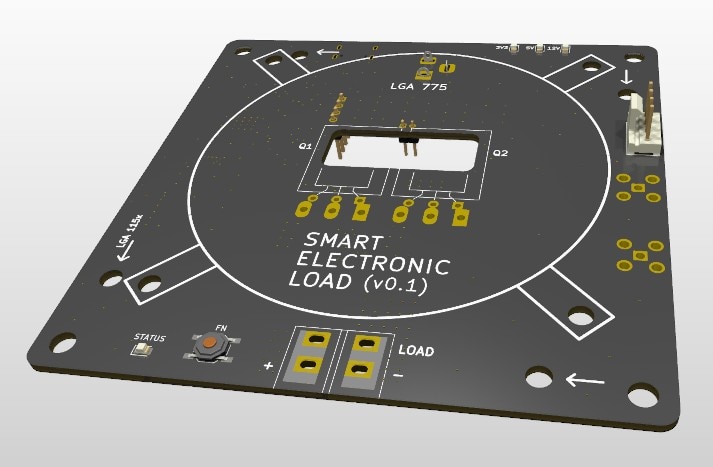
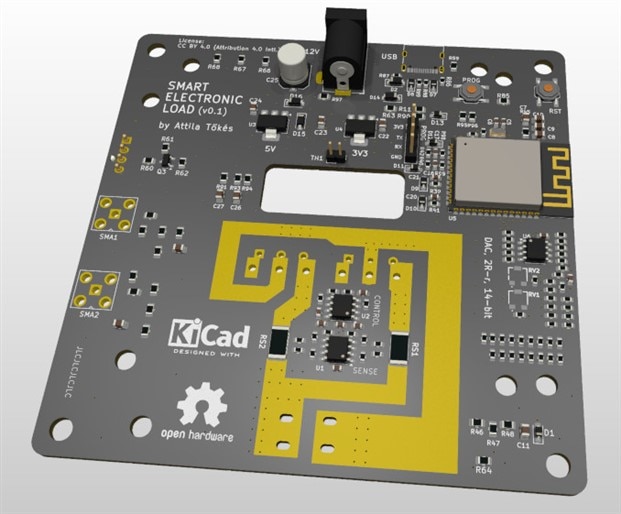
This is what the assembled to prototype looks like:
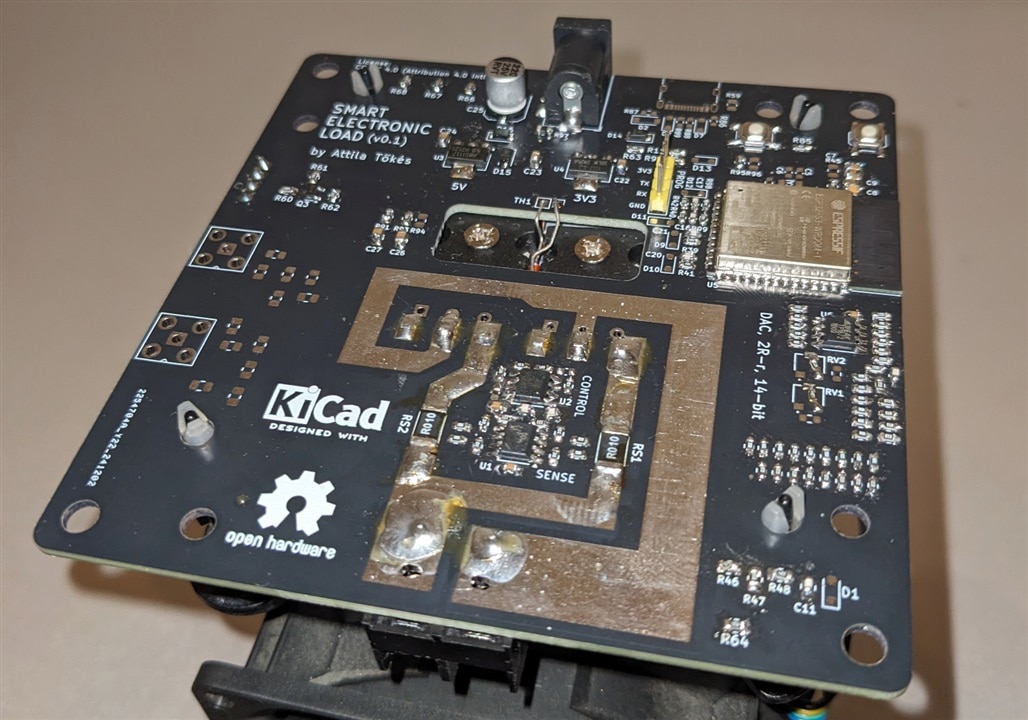
(sorry for the dirty board and shitty soldering )
Surprisingly, the load already seems to be somewhat (!) working:
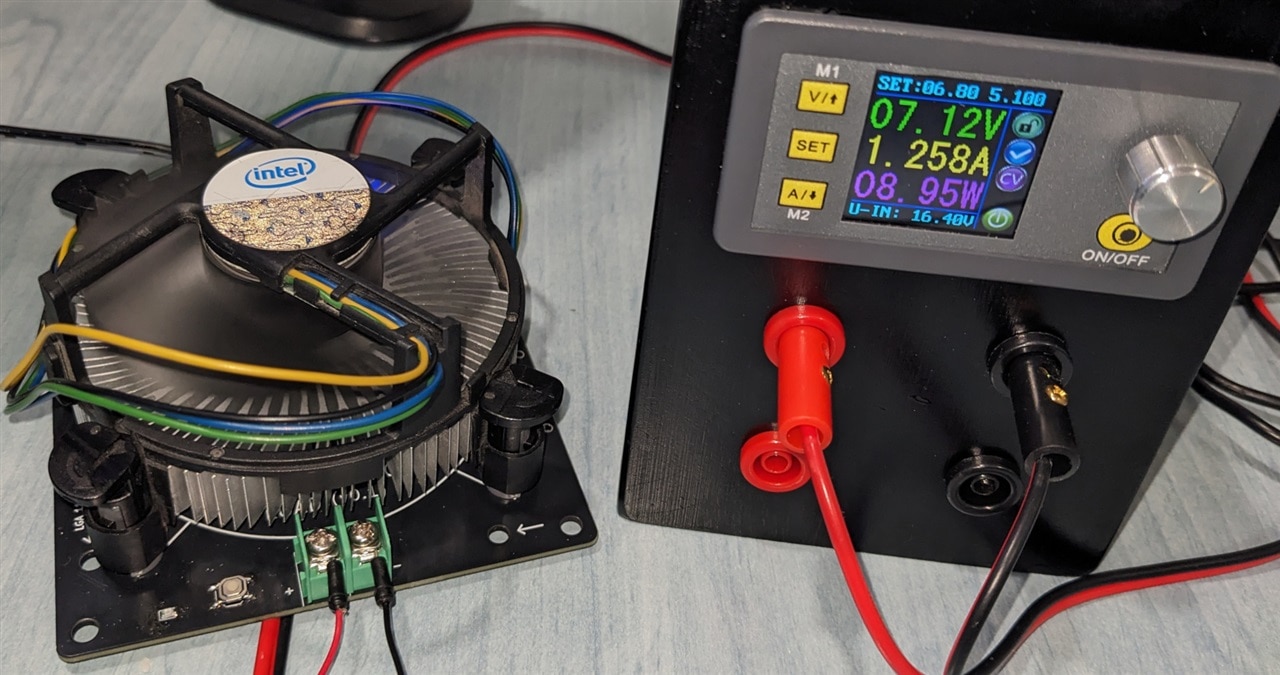
...by that I mean it is able to sink a programmed current, but is not very linear, and looking with the scope there are some oscillations. I think the op-amp stage in the DAC may be picking up some noise, and this causes the load control stage to drive the MOSFETS all over the place.
Other than this, the input voltage sense stage seems to work (initially it had a wrongly implemented voltage divider so I almost fried the ESP32). The temperature sensing, FAN control, USB and others were not yet tested.
The firmware is basically nonexistent. I just threw a couple of lines of Arduino code on the ESP32 for testing. The interface will be Web based, but current I only have this:
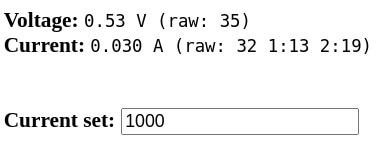
So, what do you think about the project? Also, if you want to contribute, or just build an electronic load for yourself, let me know.
Github repo (with KiCAD and FreeCAD drawing files):

Top Comments
-

DAB
-
Cancel
-
Vote Up
0
Vote Down
-
-
Sign in to reply
-
More
-
Cancel
Comment-

DAB
-
Cancel
-
Vote Up
0
Vote Down
-
-
Sign in to reply
-
More
-
Cancel
Children